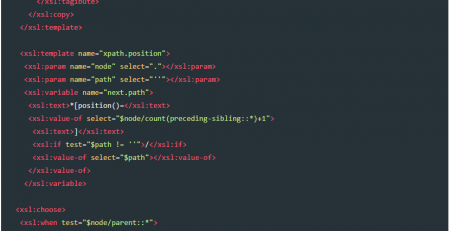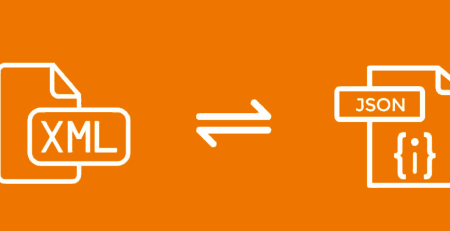C# Keywords Tutorial Part 69: ref
Powerful programming language C# offers a number of features to make the development process simpler. The “ref” keyword is one of these characteristics since it enables you to pass a variable by reference rather than by value. We will examine the “ref” keyword in C# and several instances of its usage in this blog article.
What is the “ref” keyword?
The “ref” keyword is a C# keyword that allows you to pass a variable by reference instead of by value. When you pass a variable by reference, any changes made to the variable inside the method or function will be reflected in the original variable outside the method or function.
Syntax:
The syntax for using the “ref” keyword is as follows:
void MyMethod(ref int x)
{
x = x + 1;
}In this example, we have a method called “MyMethod” that takes an integer variable “x” as a parameter. The “ref” keyword is used to indicate that “x” should be passed by reference.
When to use the “ref” keyword?
When you wish to change the initial value of a variable inside of a method or function, you should use the “ref” keyword. Variables in C# are often supplied by value by default, which results in the creation of a copy of the variable inside the method or function. The original variable outside the method or function does not reflect any modifications made to the variable inside the method or function.
Code Examples:
Let’s take a look at some code examples to understand the “ref” keyword better.
Example 1:
static void Main(string[] args)
{
int x = 5;
MyMethod(ref x);
Console.WriteLine(x); // Output: 6
}
static void MyMethod(ref int x)
{
x = x + 1;
}In this example, we have a variable “x” with an initial value of 5. We pass “x” to the “MyMethod” method using the “ref” keyword. Inside the method, we increment the value of “x” by 1. When the method returns, the value of “x” outside the method is now 6.
Example 2:
static void Main(string[] args)
{
int x = 5;
MyMethod(ref x);
Console.WriteLine(x); // Output: 10
}
static void MyMethod(ref int x)
{
x = x * 2;
}In this example, we have a variable “x” with an initial value of 5. We pass “x” to the “MyMethod” method using the “ref” keyword. Inside the method, we multiply the value of “x” by 2. When the method returns, the value of “x” outside the method is now 10.
Example 3:
static void Main(string[] args)
{
int x = 5;
int y = 10;
Swap(ref x, ref y);
Console.WriteLine("x: " + x); // Output: x: 10
Console.WriteLine("y: " + y); // Output: y: 5
}
static void Swap(ref int a, ref int b)
{
int temp = a;
a = b;
b = temp;
}In this example, we have two variables “x” and “y” with initial values of 5 and 10 respectively. We pass “x” and “y” to the “Swap” method using the “ref” keyword. Inside the method, we swap the values of “a” and “b” using a temporary variable. When the method returns, the values of “x” and “y” have been swapped.













Leave a Reply